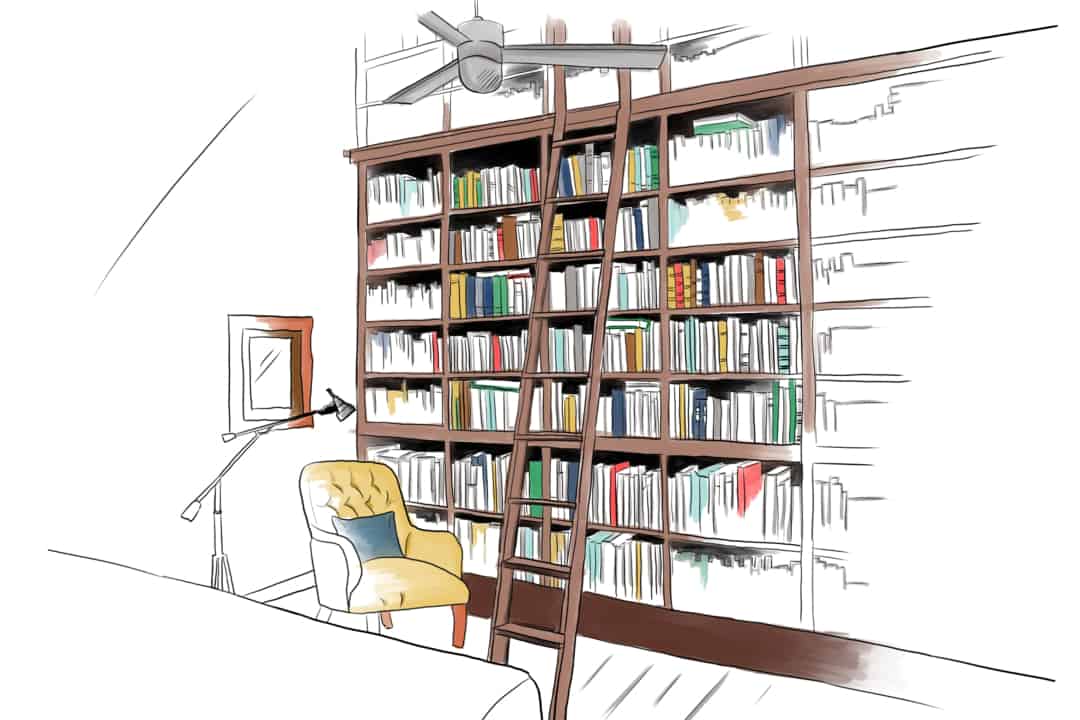Hillary Clinton’s New York Times bestseller is little more than 500 pages of disappointment. Being her seventh book with publisher Simon & Schuster, Clinton has written extensively in her 71-year-long lifetime without showing much of a learning curve. That is, unless she hired a ghostwriter whose understanding of prose matches that of a 10th grader. In signing yourself up to read through some 500 pages of her qualms, self-congratulatory notes, accusations, and name-drops, you are signing up for a test of self-resilience.
Resist against the urge to call it quits on the 30th page. Yes, I know, this is the novel everyone pretends to read — it’s a little like George Orwell’s 1984 in your high school classroom, but you must make it through this $39.99 CAD hardcover, for you paid three hours of minimum wage for it. If you borrowed it from the library, you have less of an obligation to push through.
My copy of What Happened came from a bartering platform on Bunz. I traded away cryptocurrency worth four-fifths a bowl of soup at a subway station last week. Feeling the book in my hands, I felt a slight elation. The cover is beautiful, as is the typeface. The effects of the type face reminds me of Gotham, which is a fan favourite font, as seen on Barack Obama’s campaign materials and an endless array of movie posters.
Once I hopped onto my train and started reading, however, my elation flattened into disappointment. It reads like a self-pitying statement right off the bat. You’ll have ridden on an emotional rollercoaster with the ex-Secretary of State by the time you reach the 20th page. Her sentences do not flow from one to the next. Her writing reads like a jot note report, leaving little room for insight or elaboration.
Clinton feeds you a bit of everything in her life, though not in chronological order. Where is the allure in reading an autobiography that tells readers little more than what they already know? She is sure to lose politically disengaged audiences whenever she name-drops without explanation or elaboration.
Furthermore, she constantly darts back and forth along the chronological timeline that many authors and journalists swear by. Clinton’s narrative style includes a pattern of making factual statements about events, promptly mentioning her disdain for Donald Trump’s performance that day, and reminding readers of how she truly believed she would win, only to recognize her digression and march forth with the event she was speaking about five lines ago.
To transition between topics by insisting that ‘that’s not the point here’ is analogous to writing a literary essay on Oliver Twist, word-vomiting an out-of-place memory of what you had for dinner last night, and then starting the next paragraph with, “I am sorry for having gone off-topic. Let me talk about Dickens’ argument again.”
What Happened is a physical representation of an incredibly long Rick Mercer-esque rant saturated with names we need not learn. It’s not that I don’t want to learn about her four stylists and makeup artists, but I feel no use in just learning their names. Clinton likes to name-drop, but leaves readers with little more than the names of these people whom she’s worked with. She speaks little about the personal experiences she has shared with these people who were important enough to earn a spot in her book.
Clinton chops her autobiography into six parts: “Perseverance,” “Competition,” “Sisterhood,” “Idealism and Realism,” “Frustration,” and “Resilience,” with each part containing two to five chapters. While these are all very interesting concepts, each part reads similarly. In “Perseverance,” there are already ideas about competition, sisterhood, idealism and realism, frustration, and resilience.
Instead of offering a neatly organized catalogue of ideas like most bestselling authors, Clinton’s book reads like a disorganized jumble of thoughts, ideas, regrets, self-congratulatory notes, and sneers.
Many people were asking “what happened?” after Clinton’s loss against Trump in the 2016 US presidential election. They also wanted to catch a glimpse of her life outside of the spotlight after her devastating loss. Aside from the occasional recommendations of yoga and staying at home, Clinton shares very little about her personal life in the autobiography. In fact, most of what she wrote in this novel could already be found on the internet.
Clinton has led an exciting life — one worthy of many autobiographies. I just wish her latest offered a more intimate look into her past. But she is a politician, after all. She needs to seize the opportunity to defend the Clinton Foundation — which has recently found itself in hot water over shady finances — her decision to run, and her lacklustre interviews. Clinton has a public image to maintain, and she’s spent her lifetime maintaining that persona. Maybe I’ll find a more introspective and cohesive version of What Happened in the form of a “Reporter at Large” article in The New Yorker.


